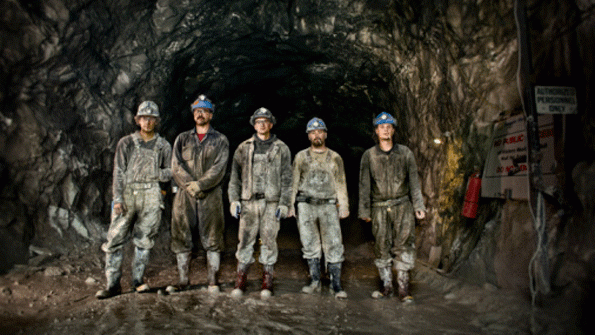Fat Cat Board Members Or Miners?


How A Hard Fork Has Been Done
Without going into a lot technical mumbo jumbo, when a crypto coin such as Ethereum decides upon a hard fork. It announces what it is, gives a date and the miners choose whether or not that is the course of action for their best interest. Usually hard forks go without a hitch but sometimes as this case with the current Ethereum hard fork, miners don't agree.
Hard Fork With Steem?
Somebody please correct me if I'm wrong, but to the best of my understanding miners and the content creation ecosystem of steemit.com split SP 50/50. If that be the case miners and the stakeholders on steemit.com with the corresponding amount of shares from most to least voting power should agree with a hard fork.
July 26, 2016 Hard Fork
When the July 26, 2016 hard fork occurred how was a consensus made? Steem, and all of its encompassing notes, is a more complex coin than anything that has come before it so the explanation may not be simple but there should be one. Perhaps this has been covered elsewhere but I haven't seen it.
Was a true consensus of stakeholders made or did the creators and a power committee of Steemit decide some needed changes be made and implement them without consensus? If that is the case, that makes Steemit more like a corporate site like Facebook and Twitter. I'm not saying that is terrible but it is not great either. I would say it would be like a benevolent dictatorship because Steemit.com is a really great place with rulers who care. We have a good monarchy but a monarchy all the same.
I'm not trying to spread FUD but asking a legit question and have any misconceptions cleared up if there are any. I am a born skeptic and the only way to get answers is to ask questions.
A hard fork can be said to occur when a significant portion of the economy decides to adopt a version of the software implementing blockchain validation rules that are incompatible with the previous rules.
In theory anyone can hard fork a chain, because they can start running a different version of the software of their own design. But this is pretty meaningless if no one else adopts it. What makes a hard fork meaningful is people deciding to adopt it, most clearly when everyone or nearly everyone does.
I'm well aware of what a hard fork has been in the past for coins with miners. But the question posed was this hard fork made by consensus or dictated and with the complex system of miners, witnesses and content creators how was that consensus made?
My impression is that this hard fork and future ones will be made by a power committee, corporate board, etc. That is fine if they own the majority of Steem but calling it a fork is a little disingenuous. Might as well call it a change in the TOS because as far as I can tell that is what it really was.
I'm not sure you are. Reread my comment because it already answered every question or issue raised in your reply, and likely every further question or issue you could raise.
I disagree that you answered my questions posed directly but this blog post is dead so I will let it die a peaceful death.
I think it is the witnesses who vote on the fork. If you look carefully on your witness page, there is a fork version vote and fork time vote. I suspect that the fork happens automatically when most of the witnesses are running on the updated software and the agreed on fork time arrives. Someone, however, must be in charge of switching over the steemit website to the right chain. That, most likely, could be a point of central authority, even if the block chain does not have one. On the other hand, I suppose it wouldn't be too hard to put a new website up, Steemit Classic, perhaps?
It is not difficult to put up a new web site. It is also possible to use the platform without using the website at all with an alternate client such as piston (or even, theoretically, the cli wallet).